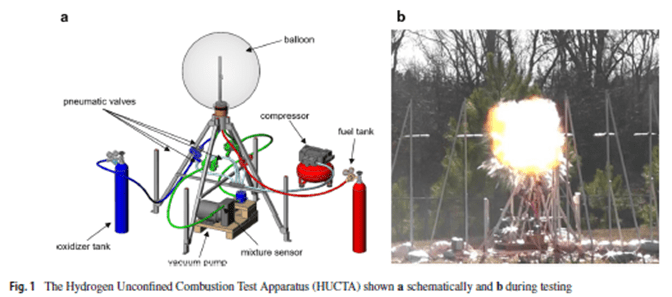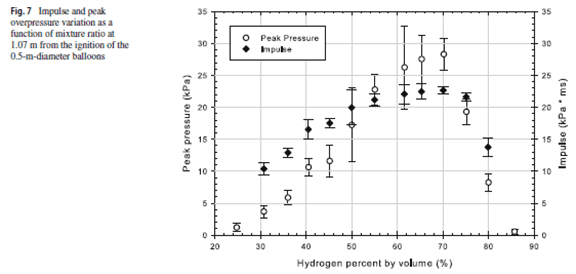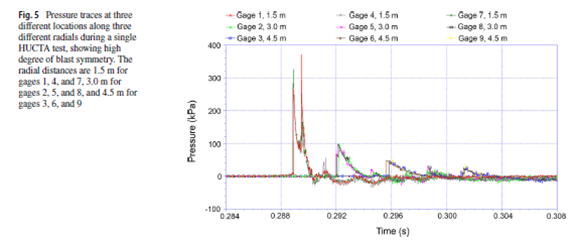Methane Gas Explosive Testing
Liquified Natural Gas (LNG) offers numerous advantages over existing fuels in use on current launch vehicles. While LNG offers a significant cost advantage, no safety standards exist in its application in launch vehicle industry. The first part of the test program to establish safety data was to characterize methane-oxygen as an explosive. The Methane/Oxygen Unconfined Combustion Testing (MUCTA) program addressed vapor cloud explosions (VCE) of weakly confined, controlled mixtures of methane and oxygen/air.




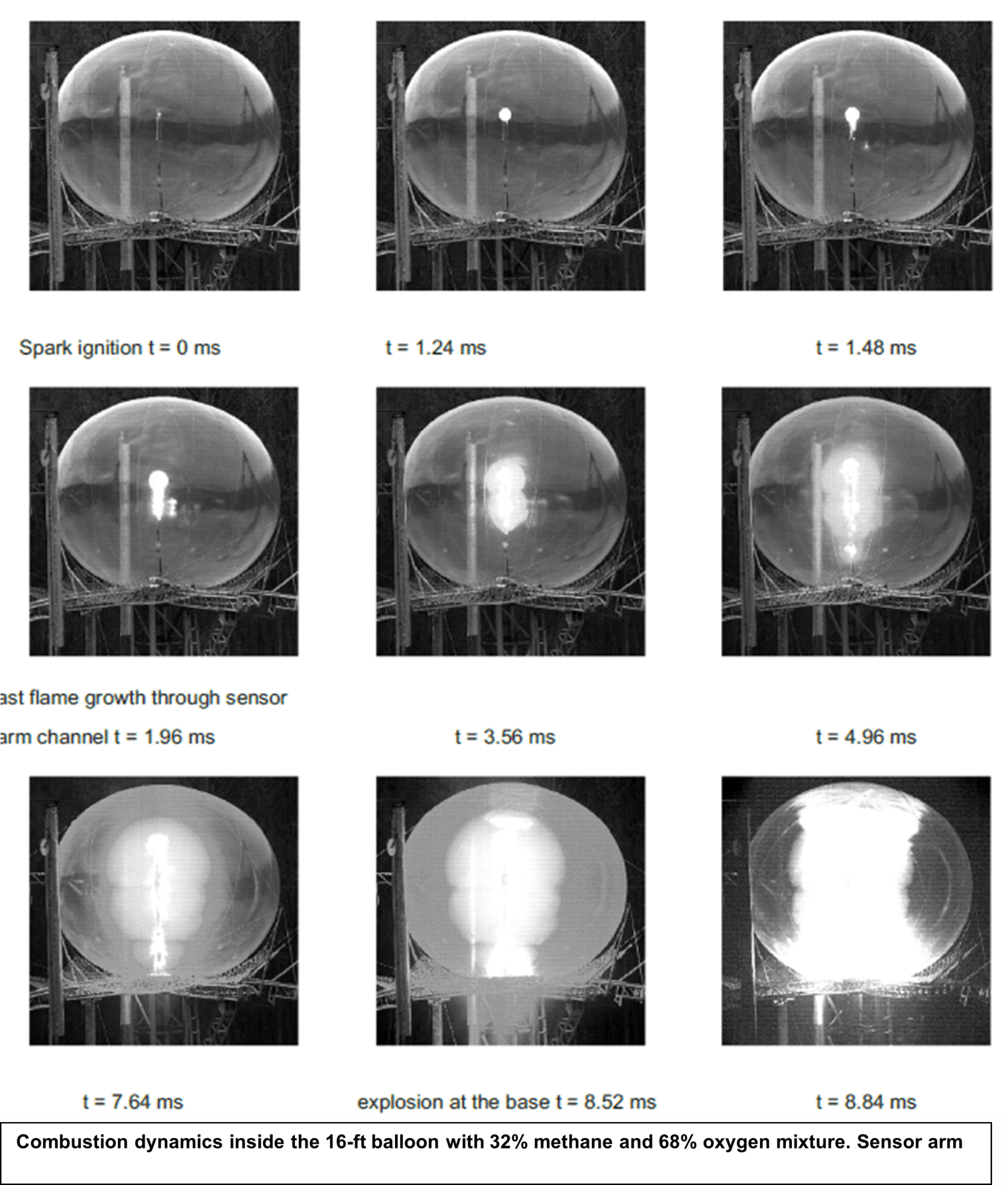
Accidental Hydrogen Gas Explosion Analysis
BeI was approached to analyze an explosion from a large hydrogen filled aerostat (name of company withheld). The work estimated the effect of combustion from a leak in a large 10,000 cu.m hydrogen balloon ignited by a static discharge. Overpressure and sound pressure level curves were reconstructed from audio files gathered from cell phones that recorded the event. Additionally, glass break in nearby buildings were used as datapoints. Numerical analyses of combustibility range of buoyant hydrogen gas released in the atmosphere were used to establish stay back distances in an accident scenario. The second part of the report quantified the electrostatic potential of the balloon material and suggested mitigation methods.



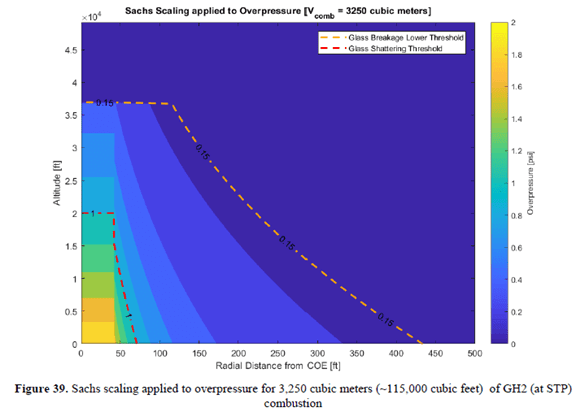
Hydrogen Flash Fire in Microgravity
CFD analysis and experiments were performed to analyze the threat of combustible hydrogen gas in the event of a leak on the International Space Station (ISS). Hydrogen balloon testing and ignition of free flow hydrogen was performed to predict pressures, thermal and radiation from the combustion. OPENFOAM simulations helped extend the predictions to microgravity environment. The simulations provided an insight into the time scales at which different volumes of hydrogen gas no longer pose a flammability risk with and without ventilation and at different rates of ventilation. In addition, the amount of energy that can be released and maximum amounts of hydrogen that can combust was predicted. The specific solver used also gave an insight into how best to replicate an instantaneous microgravity-like cloud in a terrestrial environment, and this information was built upon to construct an experimental apparatus.
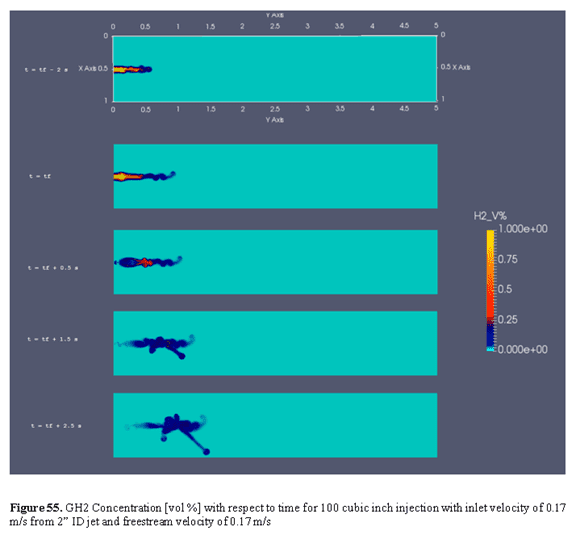






Hydrogen Gas Explosive Testing
Hydrogen Unconfined Combustion Test Apparatus (HUCTA) was designed and built to study the blast waves produced from unconfined hydrogen/oxygen deflagrations. 2m diameter balloons were filled with hydrogen-oxygen mixtures and ignited. Peak overpressures and impulse obtained was expressed as a function of mixture ratios .
